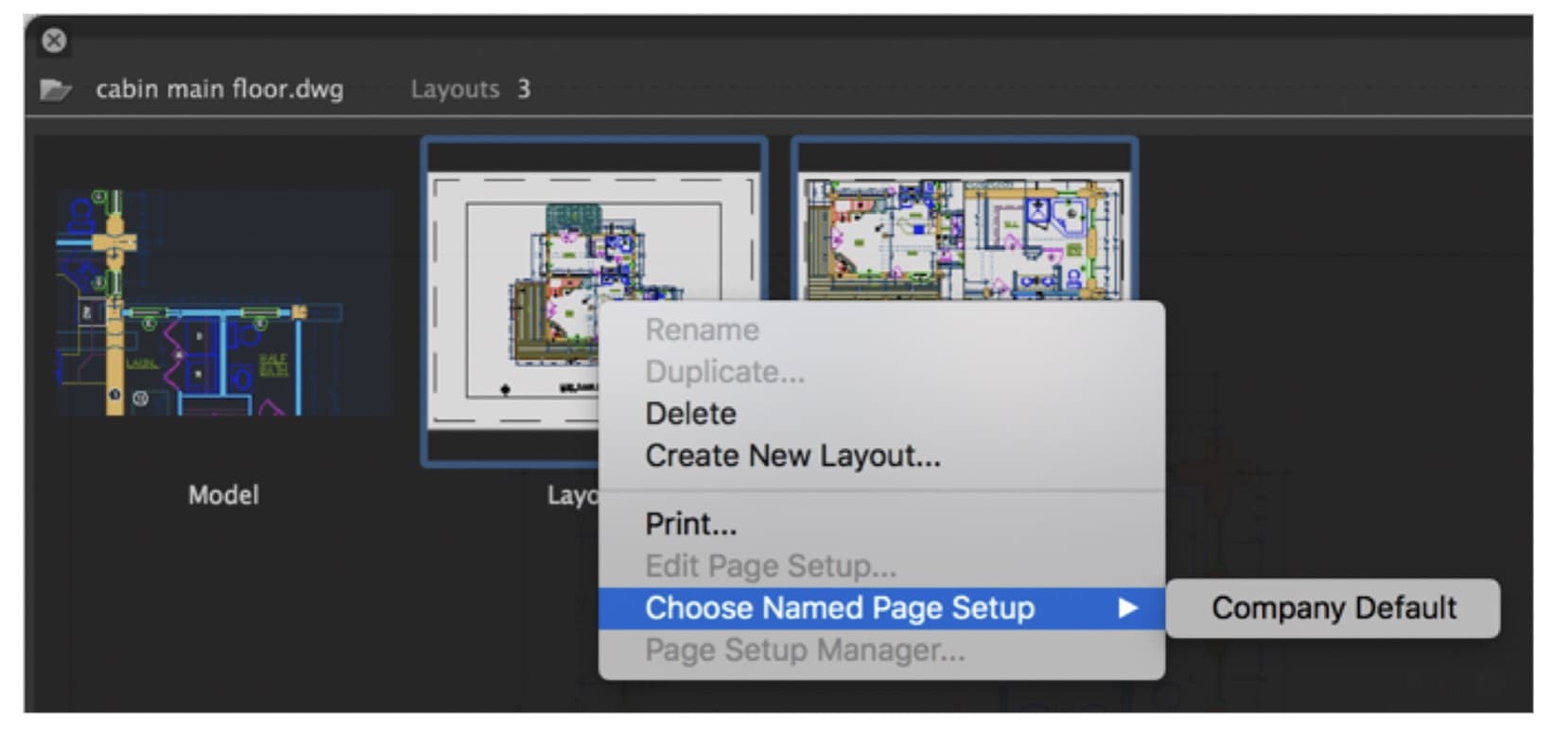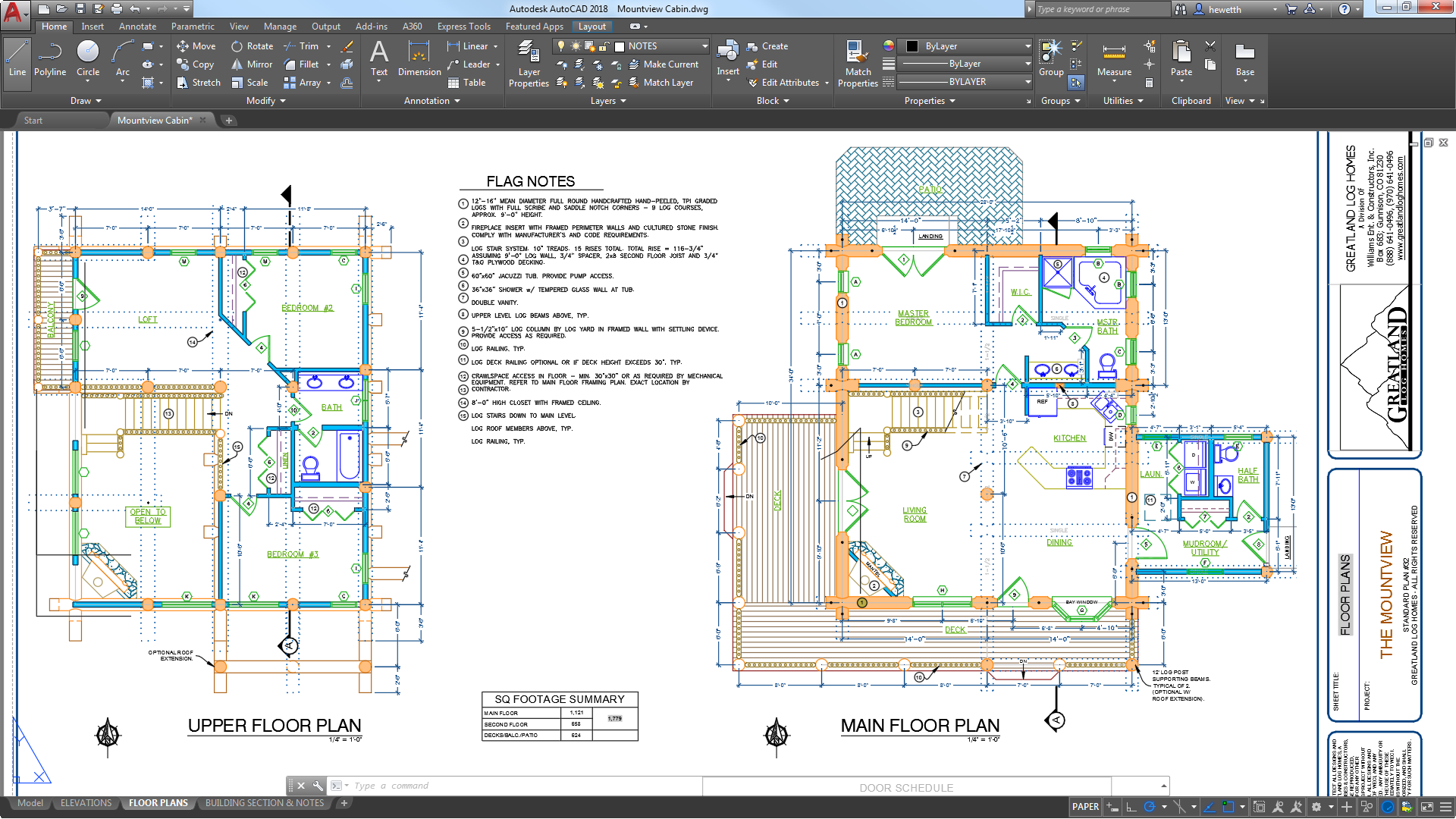고정 헤더 영역
상세 컨텐츠
본문

WHEN AUTODESK FINALLY UNVEILED AutoCAD’s fateful return back to the Mac in 2011, they chose Architosh to provide the exclusive. From that point on, a day long-wanted by many of Architosh’s professional and student readers, we have endeavored to stay not just abreast of what is the latest and great features coming to the macOS version of the world’s most famous CAD system, but understand more deeply the company’s thinking about AutoCAD for Mac in general. What is often missed in the thinking about the Mac and Windows versions of is that the audiences are actually quite different. MORE: Yes, it is true many legions of AutoCAD users on PC were asking for a native version for macOS.
However, from Autodesk’s view, those users were likely not the only—or even primary—reason for why the company eventually created AutoCAD for Mac again. After talking to Autodesk for years about AutoCAD for Mac, one thing keeps getting clearer year after year. And that is: AutoCAD for Mac tapped into new markets for AutoCAD, things that were just beyond the turn that was not quite visible. 01 – A view of AutoCAD for Mac 2019 with its innovative UI elements and Mac-like toolbar down the left-hand side of the screen.
A blog by an Autodesk employee in the Office of the CTO covering many topics from Autodesk, 2D, 3D, CAD, Cloud, Design, DWG, Technology,Travel, and much more. Now when you subscribe to AutoCAD® software, get access to AutoCAD for Windows and AutoCAD for Mac, plus industry-specific toolsets of AutoCAD Architecture, AutoCAD Electrical, AutoCAD Map 3D, AutoCAD Mechanical, AutoCAD MEP, AutoCAD Plant 3D, and AutoCAD Raster Design (Windows only), and the AutoCAD web and mobile apps.
In this interview with Marcus O’Brien, Director of Product Management, Autodesk, we go deeper into the new features in AutoCAD for Mac 2019 but also touch further on what sets the Mac version apart regarding its users, uses and look at bigger trends with AutoCAD. The Interview (Architosh) So can you catch me up on what is going on with AutoCAD for Mac?
(Marcus O’Brien, Autodesk) We have been investing in Mac for a long time and we hope that investment in obvious to our customers in this latest release. The thing we hear from our customers that want AutoCAD on the Mac is they want to have an AutoCAD with a very Mac-centric approach. So we continue to go further and further down that road to provide a truly Mac-centric AutoCAD for our Mac users.
For example, we don’t have the Microsoft Ribbon approach across the top like on Windows; we have the tools down the left side how Mac users are accustomed. Very different experiences, all powered by the same AutoCAD core engine. The thing we hear from our customers that want AutoCAD on the Mac is they want to have an AutoCAD with a very Mac-centric approach. So we continue to go further and further down that road to provide a truly Mac-centric AutoCAD for our Mac users.
We beat Apple to the pit with the Dark Theme—which they just introduced in Mojave—and we can continue to evolve UI elements and workflow that are more Mac-like in their approach. As you know, in past recent years we have released AutoCAD (for Windows) typically in Q1 and AutoCAD for Mac in the Fall; which allows us to port as many features as make sense for our Mac product on the platform. What are some of the things that are new in this release for Mac that already existed in Windows? One of the things that customers wanted us to work on was the Windows plot functionality and add it to the Mac version. We mapped out exactly how the users use Plot Dialog today, including the heat mapping (mouse tracking) how test research groups navigate the UI.
And we took a look at this regarding what features they would like to have and how we do we add this functionality without adding clicks or making it confusing, in other words—how do we continue to make it Mac intuitive? And the result is the new AutoCAD for Mac plot dialog. Last year on Windows we released DWG Compare and this year due to customer demand, we added this capability to the Mac.

Actually, we have even taken it a step further with the Mac audience with some of the UI enhancements. We wanted to give Mac users the ability to optimize their design workflows. 02 – DWG Compare is a new feature in the Mac version of AutoCAD brought over by customer demand, aimed at solving problems before they arrive in the field. A big part of “iterative” design is that things change all the time.
Between The Poles: Autodesk Announces Autocad For Mac 2016
One of the things people ask for is ‘how do we track that change?’ So with DWG Compare on AutoCAD for Mac, our customers can now overlay one DWG over another and have those changes in design highlighted for them. This helps them not only in design, but can also act as a means for change management and cost tracking associated with the changes. What technology was involved in this Compare DWG? We went back to the drawing board with this feature. We asked ‘What is the best way to bring this feature to our customers in design?” The result was we built our own engine from the ground up to do a visual comparison between drawings and it’s been a very successful feature on Windows to date. We hope our AutoCAD for Mac customers enjoy using it just as much.
In the field where the work is happening at the contractor-level being able to see what has changed has always been hugely important. I think that is why Bluebeam’s introduction of ‘PDF Compare’ has been so popular. Did that same workflow inspire this feature? That’s interesting. We didn’t go out to create a feature to compete with any other product specifically. We want to help our customers manage change through the ‘design phase’ of a project.
By the time unnoticed changes get to the field, it is already more expensive to fix the problem. We wanted to resolve this issue as early in the process as possible and we believe our DWG Compare feature will greatly reduce the number of errors that make it to the site. Explain to me the importance of the Smart Purge feature. The point is to remove any entities that you don’t want to have on the drawing—entities that are on it that you might not be able to purge for specific reasons. What we do is identify why they can’t be purged and locate them on the drawing if there is a visual of the entities. Are all the new features listed also in the LT version for Mac 2019?
All of the new features listed in the press release are for the LT Mac version as well. So this update you primarily focused on 2D.
What percentage of your users are using 2D versus 3D for the overall AutoCAD for Mac user base? We have a mix of both 2D and 3D customers.
I would say more customers use 2D documentation and editing features than 3D. What are some of the more prominent trends Autodesk sees with AutoCAD, particularly with respect to the Mac version? What we are seeing is a shift in terms of devices; we increasingly see the use of AutoCAD for Mac on Apple laptop devices, as opposed to desktop. That has a significant impact on how we look at the Mac version. We tend to think in terms of screen real estate; we design for the available space on a laptop. Overall, we see a shift to these pro-level mobile devices.
Another DWG developer has noted that for every seat of a (.dwg) CAD app they see 10x users on mobile—the consumption of (.dwg) CAD is massive in their view. Do you also see this massive trend due to mobile and cloud were many more people want to interact with AutoCAD files on mobile devices from iPhone to iPad? I’m not sure about some of those numbers but what I can say is there is a shift in the technology industry in general to more seamless access to data from any device. Customers don’t want to be tied to their desks with their desktop software anymore. In fact, they don’t even want to think about which device, which platform, which OS? They expect cohesive experiences throughout their workflows.
That is why we believe customers should be able to access any AutoCAD DWG, from any device, on any platform, to be able to provide that seamless experience they expect. Customers don’t want to be tied to their desks with their desktop software anymore.
In fact, they don’t even want to think about which device, which platform, which OS? What we have done to make this a reality is make a significant investment in our core AutoCAD engine over the past number of years.
We started with our trusted, robust C code base on the desktop and we developed it so we could carry it across all devices, on every platform. So today whether you want to use AutoCAD web app, AutoCAD mobile app, AutoCAD Windows or AutoCAD for Mac, customers are running on the same code base. The feature sets vary obviously for different devices, based on which features make sense for each platform.
The new iPad Pros are exceptionally fast. So this C code base is also running on iOS as well? Did you see the Apple Keynote where the new iPad Pros were introduced?
AutoCAD was featured on mainstage because it works beautifully on iOS. The iPad Pro is the perfect platform for it. It is insanely fast, has great screen real estate, and is ideal for our users who want to open real DWGs. I haven’t had a chance to watch it yet. And at the Google IO keynote this year, Google highlighted our innovative approach to the new AutoCAD web app, running on WebAssembly—powered by the same AutoCAD core. We believe this offers our customer that seamless experience on the Web, for viewing, editing, and design on the go. It seems the mobile devices plus the cloud is truly transforming the CAD industry and every player seems to either have a web solution or is talking about one.
How does AutoCAD see this trend? It’s a fundamental shift. Back in 1982, AutoCAD changed the world. Prior that there were only very expensive CAD programs out there, or people working with T-squares and paper.
The speed of iterations was slow and the cost of innovation was high. Autodesk changed the world because it offered professional CAD on a personal computer.




